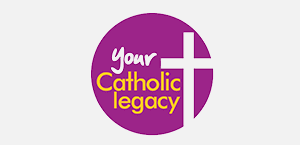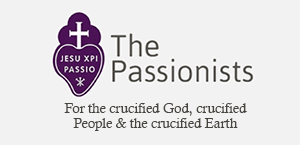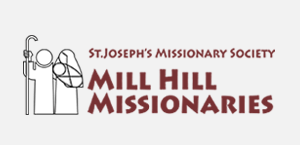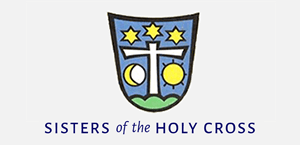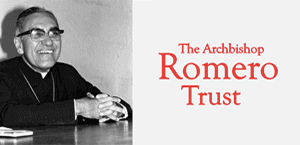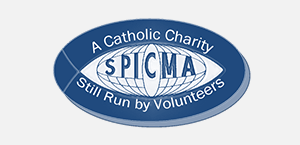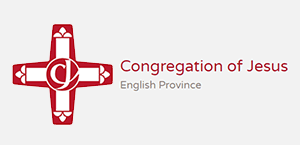Today's Gospel in Art: In this way the prophecy of Isaiah was to be fulfilled

The Prophet Isaiah by Michelangelo, Fresco © Wikimedia Sistine Chapel, Vatican City
Source: Christian Art
Gospel of 7th January 2022 - Matthew 4:12-17,23-25
Hearing that John had been arrested, Jesus went back to Galilee, and leaving Nazareth he went and settled in Capernaum, a lakeside town on the borders of Zebulun and Naphtali. In this way the prophecy of Isaiah was to be fulfilled:
'Land of Zebulun! Land of Naphtali!
Way of the sea on the far side of Jordan,
Galilee of the nations!
The people that lived in darkness has seen a great light;
on those who dwell in the land and shadow of death
a light has dawned.'
From that moment Jesus began his preaching with the message, 'Repent, for the kingdom of heaven is close at hand.'
He went round the whole of Galilee teaching in their synagogues, proclaiming the Good News of the kingdom and curing all kinds of diseases and sickness among the people. His fame spread throughout Syria, and those who were suffering from diseases and painful complaints of one kind or another, the possessed, epileptics, the paralysed, were all brought to him, and he cured them. Large crowds followed him, coming from Galilee, the Decapolis, Jerusalem, Judaea and Transjordania.
Reflection on the Fresco Painting
Matthew makes a point of reminding his readers that Jesus came to fulfil the prophecies of the Old Testament. He is adamant in stressing to both Jews and Gentiles that Jesus was not simply a charismatic character. He did not attract His disciples and large crowds merely by being able to preach well and perform miracles. No. Matthew wants to firmly root in our minds that Jesus is the Christ, Son of God, the Messiah, who came to fulfil the ancient prophecies and establish a New Covenant.
So when Matthew quotes Isaiah 9 in today's Gospel reading, about the lands of Zebulun and Naphtali, he points out another fulfilment of a very specific prophecy. Our fresco by Michelangelo, depicts the Prophet Isaiah. He is one of the seven Old Testament prophets painted on the ceiling of the Sistine Chapel. We see Isaiah holding a half-closed book and looking at small angel who seems to have caught his attention. The prophet's bare feet are crossed. The putto is actually pointing towards another scene in the Sistine Chapel: the Fall of Man. Isaiah is looking in bitter meditation after having closed his book, and his left hand feels like it is about to drop in disappointment.
Coming out of the Christmas season, Isaiah is the prophet who foretells the birth of the Messiah. Think of for example: "Behold, a virgin shall conceive and bear a son, and shall call his name Immanuel (Isaiah 7:14) or "And there shall come forth a rod out of the stem of Jesse, and a branch shall grow out of his roots.The Spirit of the Lord will rest on him" (Isaiah 11:1-2). Today's Gospel reading is a beautiful example of how the Old Testament and New Testament interact with each other.
LINKS
Today's story - https://christian.art/en/daily-gospel-reading/1046
Christian Art - www.christian.art










